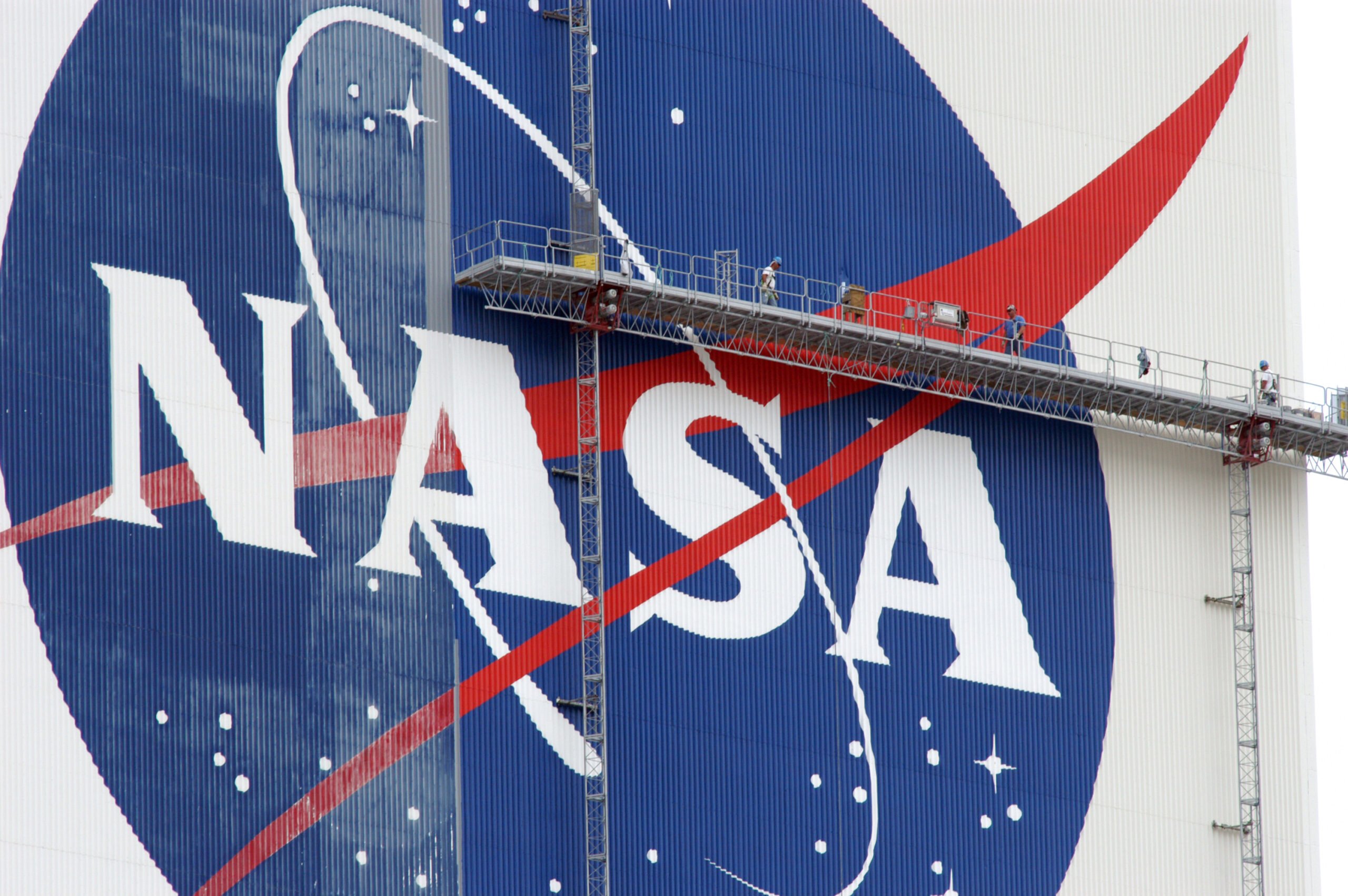| In this week’s newsletter, find out how to catch planetary views of Saturn, Jupiter, Mars and more; take a look at the new scientific investigations that the agency’s 31st SpaceX commercial resupply services mission delivered to the International Space Station earlier this week; and discover how two spacecraft from the 1970s are not just surviving, but thriving farther out in space than any other spacecraft has been before. Plus, more stories you might have missed. |
| This month, catch planetary views of Saturn, Jupiter, and Mars; witness a close pass of the Parker Solar Probe by Venus; and get ready for an occultation of the bright star Spica by the Moon. TIPS AND GUIDES |
 | THE SOLAR SYSTEM Diving into the Sun’s Atmosphere On Wednesday, Nov. 6, the Parker Solar Probe completed its final Venus gravity assist maneuver, passing within 233 miles of Venus’ surface. The flyby will adjust the spacecraft’s trajectory, bringing the spacecraft to within an unprecedented 3.86 million miles of the solar surface on Dec. 24, 2024. PARKER’S FINAL VENUS FLYBY |
| HUMANS IN SPACE NASA’s SpaceX CRS-31 On Monday, Nov. 4, NASA and its international partners launched new scientific experiments on the agency’s SpaceX’s 31st commercial resupply services mission to the International Space Station, including studies of solar wind, radiation-tolerant moss, spacecraft materials, and cold welding in space. SPACE STATION SCIENCE |  |
 MISSIONS Voyager’s Interstellar Future NASA’s Voyager mission launched in 1977. Today, it’s making history as it conducts new science. But how are two spacecraft from the ’70s not just surviving, but thriving farther out in space than any other spacecraft has been before? LEARN MORE |  LEARNING RESOURCES A Fiery Descent This summer, five capsules built by students at the University of Kentucky endured the scorching heat of re-entry through Earth’s atmosphere as part of the second Kentucky Re-Entry Probe Experiment. Information provided by the football-sized capsules is being analyzed for consideration in current and future spacecraft design. LEARN MORE |
| More NASA News |
 | Last month, NASA’s Quesst mission marked a major milestone with the start of engine tests that will power the quiet supersonic X-59 experimental aircraft. The tests set the stage for the next phase of the aircraft’s progress toward flight. |
 | Artificial intelligence software initially designed to learn and analyze Martian terrain is now at the heart of a system to monitor assembly lines on Earth. The vision inspection software from Neurala Inc., an artificial intelligence company in Boston, works with existing cameras, computers, and cellphones to monitor the quality of products running along a conveyor belt. |
 | We don’t always notice it, but much of Earth’s surface is in constant motion. Scientists have used satellites and ground-based instruments to track land movement associated with volcanoes, earthquakes, landslides, and other phenomena. But a new satellite from NASA and the Indian Space Research Organization aims to improve what we know and, potentially, help us prepare for and recover from natural and human-caused disasters. |
| Do You Know? |
 |
| Roughly two-thirds of NASA’s former and current astronauts have served in the U.S. military. |
| Which branch of the military claims the most NASA astronauts? A. U.S Air Force B. U.S Army C. U.S Marines D. U.S Navy Find out the answer in next week’s edition of the NASA newsletter. |
 | Last week we asked what song was played as the wake-up call for the Space Shuttle Discovery crew on Oct. 25, 2007. The answer? “The Lion Sleeps Tonight.” Of the song chosen by the crew’s training team, Commander Pam Melroy said, “That was a lot of fun. That certainly gets you going first thing in the morning.” After 15 days and 238 orbits of the Earth, Discovery and crew were welcomed back to Earth on Nov. 7, 2007. |
 |
| On Thursday, Nov. 21, at 4 p.m. EST, join the NASA Internships team for an exclusive virtual event celebrating Native American Heritage at NASA. Learn about the achievements of Native American professionals and hear first-hand experiences from current interns about life at NASA, followed by a Q&A session with interns and internship specialists. REGISTER NOW |
NOTE: This is a NASA outreach publication. Reformatted to fit this screen

SALUTI